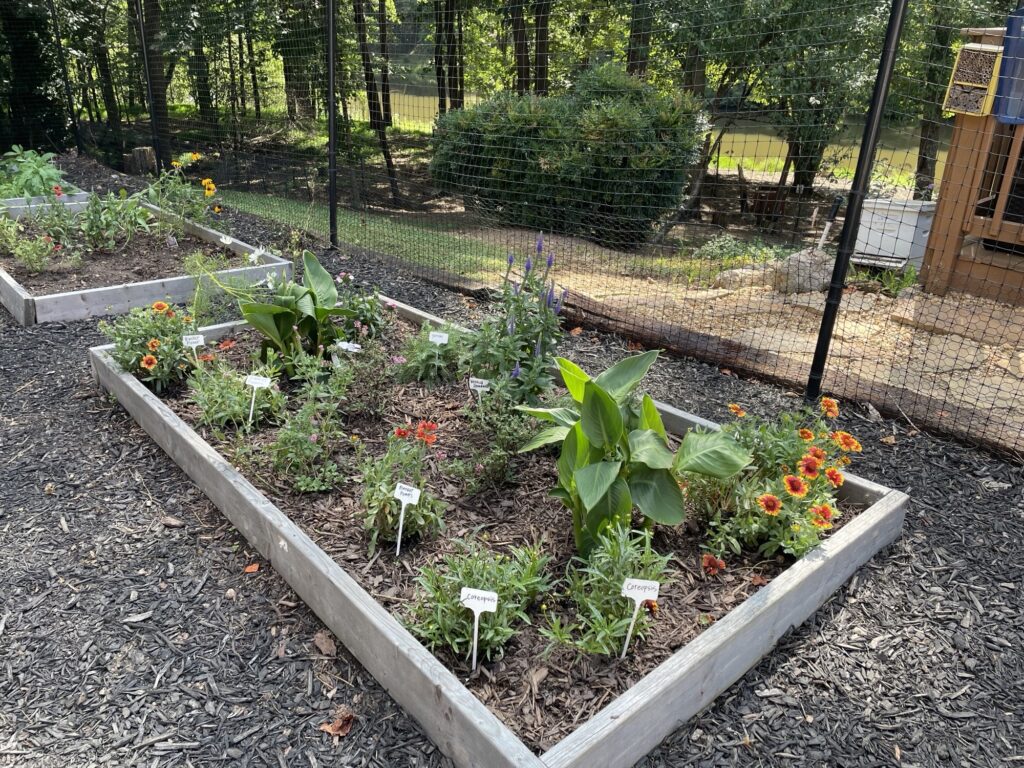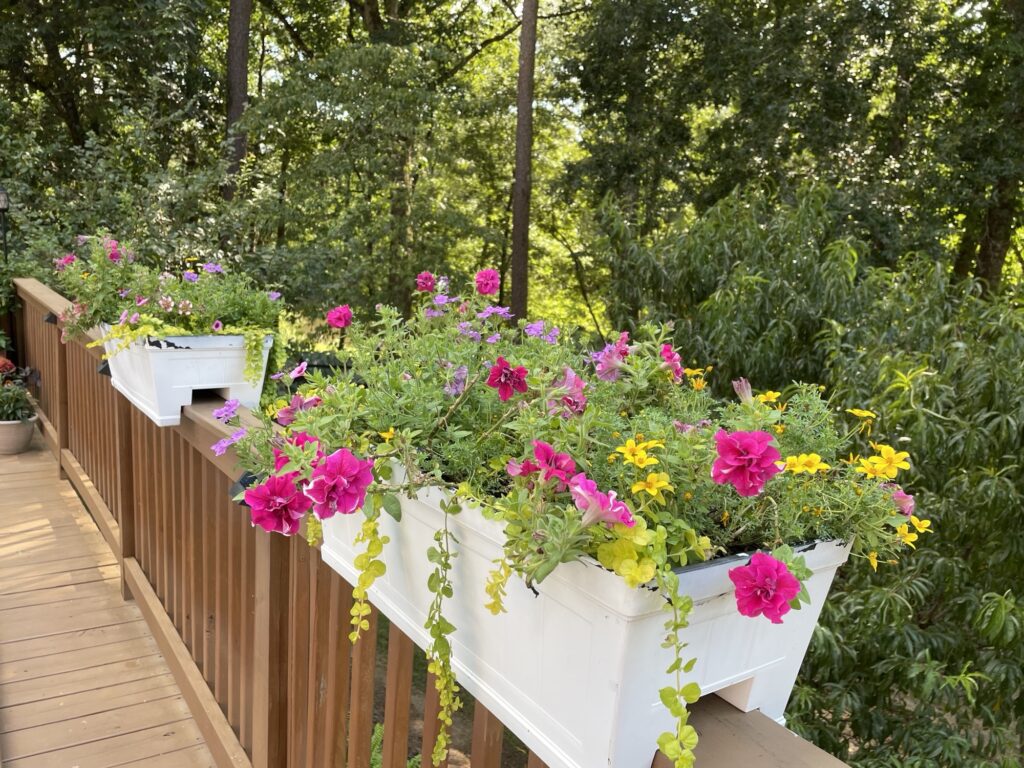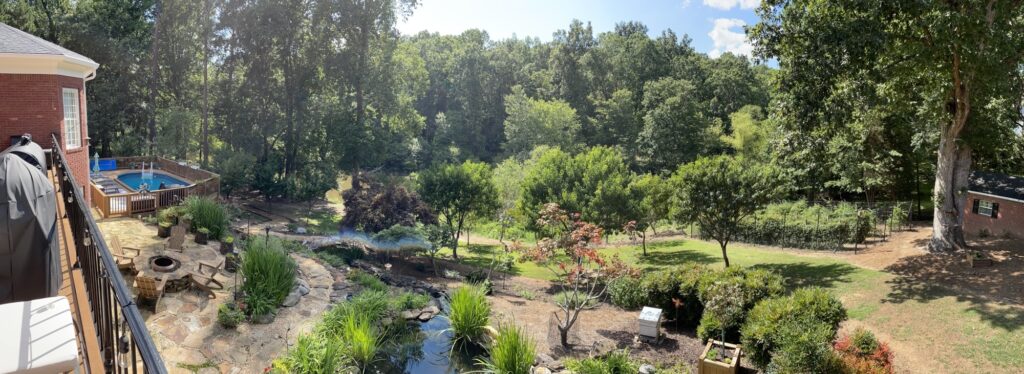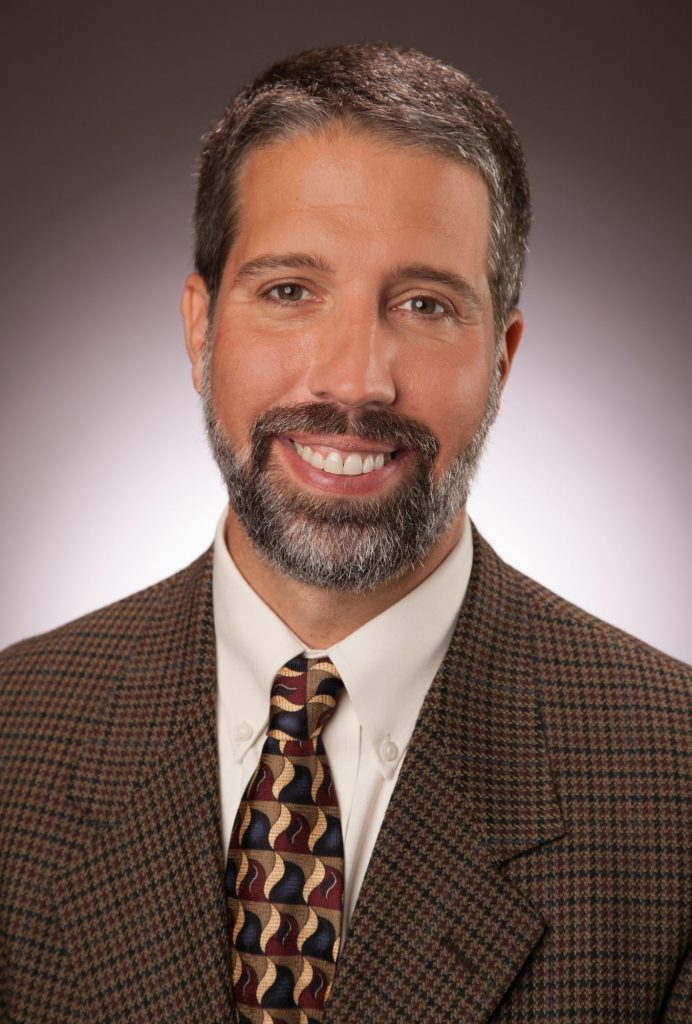Read why Internal Medicine residency faculty member Dr. Pierce considers himself a “simple gardener” of residents and plants, and how he cultivates both!
I love gardening and always had what you might call a “green thumb.” I inherited the passion for gardening from my grandfather, who was a commercial farmer. As a young child, I can remember working with him in his vegetable and flower gardens. He was very meticulous in the way that he cared for his plants, and in return, his gardens were always amazing. His flower beds were filled with dazzling displays of color, and his vegetable gardens produced enough for several families to eat all summer. When I started my own garden many years later, I remembered the lesson that he taught me and cared for my plants in a similar way. Since those early days, I’ve had many gardens. I’ve started gardens from seed and bought young, healthy plants from the store, both with varying degrees of success.
In the last few years, I have started seeking out plants that have been placed in the clearance section. These plants are literally on their last leg. If no one purchases them, they will be thrown into the trash pile to die. These plants are reduced in price, but I know their true value and the potential that they possess. They may be brown and wilted at the moment, but with the right care, they have the ability to grow into beautiful plants. At the store, they have been over- or underwatered, given too little or too much fertilizer, or placed in too little or too much sunlight. I’ve discovered that each plant is a little different and has slightly different needs, but if I place these plants in the right environment, in time they will bounce back. For me, one of the most rewarding aspects of gardening is when I help a struggling plant make the transition from surviving to thriving.




That may be why I enjoy working with resident physicians. When you compare them to plants, there are a lot of parallels. Like plants, resident physicians need the right environment to thrive. They need to be given the correct amount of teaching, direct patient care, and support for their mental and physical health to be successful. It is this last part, the mental and physical health needs, that I’m particularly passionate about.
The vast majority of their time is spent on training how to become physicians, so there isn’t much time for anything else. I try to fill in the gaps by teaching them about big concepts like purpose, passion, character, professionalism, etc. Once a month, I give them a lecture on one of these topics, and honestly, these lectures are one of my favorite things to do. The residents are always engaged, and the sessions are very interactive, maybe because they are so thirsty to talk about issues which are universal to everyone. In response to their interest, I decided to compile some of these teachings into a short book called Pearls and Pitfalls, and at their graduation, I give each resident a copy of their own. I guess that in my own way, I’m just trying to help these young physicians become the best versions of themselves. I want every one of them to successfully make that transition from surviving to thriving. In fact, one of my greatest joys in training residents is watching them make that transition from struggling to growing to eventually blooming. At NGHS, I may be known as a physician and resident educator, but at heart, I really am just a simple gardener.
Learn more about our Internal Medicine residency by visiting ngmcgme.org/programs/internal-medicine.

